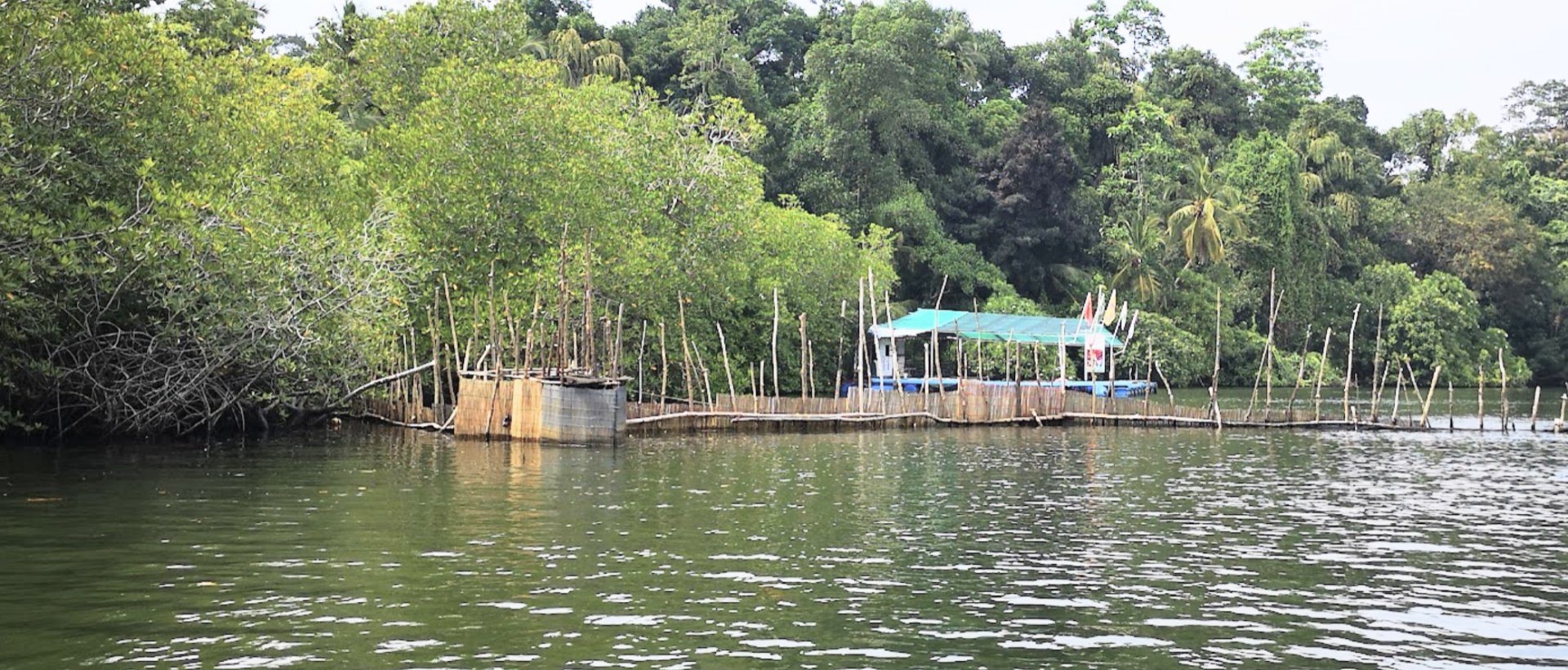
MOOC: Auditing Water Issues
2.2. International agreements
Multilateral agreements
International agreements can take the form of multilateral agreements, bilateral and regional agreements or non-binding laws.
At the level of the United Nations there are many conventions dealing with water directly or indirectly, for example:
- The Convention on the Protection and Use of Transboundary Watercourses and International Lakes (Water Convention). []
- The Convention on the Law of the Non-Navigational Uses of International Watercourses (UN Watercourses Convention). []
These conventions foster the implementation of integrated water resource management, in particular, the basin approach, and require parties to prevent, control and reduce transboundary impact, use transboundary waters in a reasonable and equitable way and ensure their sustainable management.
- The Convention on Wetlands of International Importance especially as Waterfowl Habitat (RAMSAR Convention). []
The RAMSAR Convention provides the framework for national action and international cooperation for the conservation and wise use of wetlands and their resources.
- The Convention to Combat Desertification. []
The aim of the convention is to improve the living conditions for people in drylands, to maintain and restore land and soil productivity and to mitigate the effects of drought.
Bilateral and regional agreements
In addition, there are 18 regional seas conventions and action plans involving more than 140 countries, such as the Helsinki Convention (Baltic Sea), the Barcelona Convention (Mediterranean Sea) or the convention on co-operation for the protection and sustainable use of the river Danube (Danube River Protection Convention). [], []
There is a great number of bilateral and multilateral treaties dealing with 286 transboundary river basins all over the world. [] Information about their state and risks by worldwide indicator is available at http://geftwap.org/data-portal.
Non-binding laws
The UN General Assembly adopted the resolution on the law of transboundary aquifers in 2008. [] This resolution, later on followed up by several more recent UN resolutions on the topic, encourages states to make appropriate bilateral or regional arrangements for the proper management of their transboundary aquifers, taking into account the provisions of these draft articles, which are annexed to the resolution. Earlier, there was no instrument of international law that could provide a complete set of recommendations and guidelines for the sustainable and peaceful management of transboundary aquifers. A binding global convention on the topic is yet to be born.


